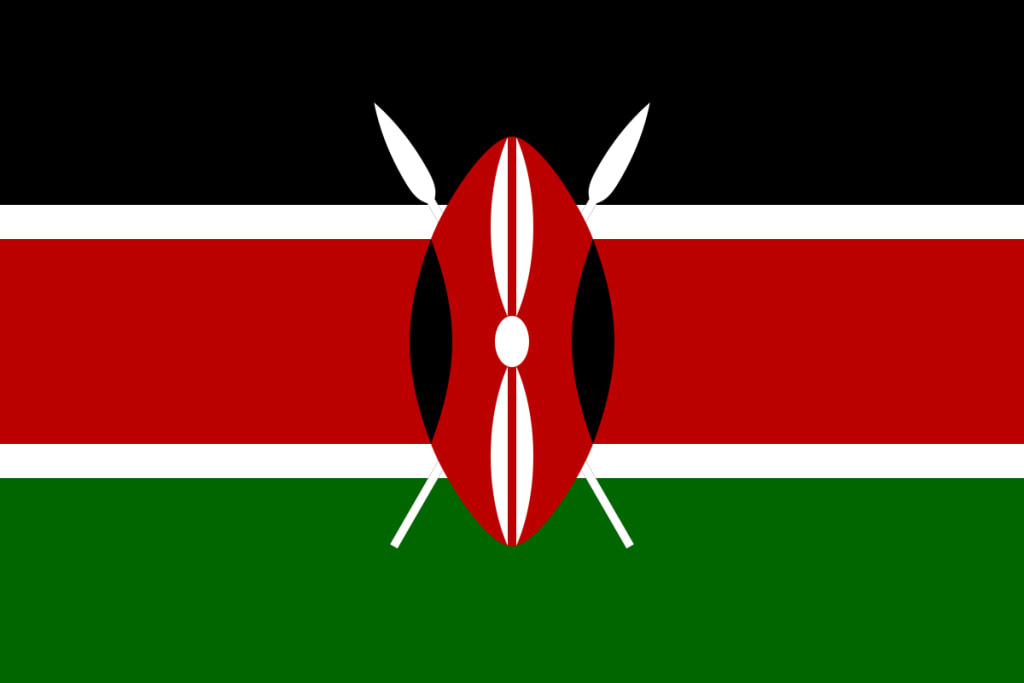Healthcare in Kenya
Please note, these facts and figures were correct at the time of writing this. Things may have changed by the time you read it.

Discussion of challenges relating to the provision of health care in Kenya
- Most maternal deaths are due to causes directly related to pregnancy and childbirth unsafe abortion and obstetric complications such as severe bleeding, infection, hypertensive disorders, and obstructed labor. Others are due to causes such as malaria, diabetes, hepatitis, and anaemia, which are aggravated by pregnancy. 8.5% of children will die before they reach their fifth birthday; leading causes of death is diarrhoea and malaria.
- Infectious diseases in Kenya are high
- Wide disparities in healthcare – ‘INAEQUATE HALTHCARE INFRASTRUCTURE’ and ‘DISTRIBUTION INEQUALITIS’ presenting major challenges in system development.
- Over 60% of the population live in rural locations – only 14% of the roads are paved.
- Travel is difficult (hills, mu and clay tracks); delivery of even basic healthcare is virtually impossible.
STAKEHOLDERS:
RIDERS FOR HEALTH
Non – government organisation (NGO)
Provide and maintain motorbikes – used to reach patients in outlying communities
Work in Kenya with African Infections Diseases Village clinics. (AIDSVCs)
Operates a grassroots initiative that provides outreach health workers from local community based organisations.
Opened a registered rider & driver training school – trainers develop skills in defensive diving, maintenance and journey planning.
Impact – travel time cut and an extra 20,000 people reached.
Their focus ranges from HIV and AIDS care, supporting orphans, vulnerable children and marginalised groups to water management and sanitation.
(Began general fundraising for children. Barry and Andrea Coleman realised motorbikes were broken down and a nurse told them that they could not give medical help to people outside the village because they were unable to get there. Barry began working with agencies to develop new systems for managing vehicles in different conditions. Andrea began building worldwide support for a new initiative in Africa. It was supported by the motorcycle community).
IMPACT:
- Outreach healthcare workers increased field work to four days a week.
- Travel time for riders has been cut from four hours to one hour a day
- an extra 20,000 people across Kenya reached
Riders for Health has now grown to an organisation that has programmes in seven countries across Africa, and improves access to health care to over 12 million people
Kenya and The Millennium Development
Millennium Development Declaration (consists of right goals):
1) Eradicate extreme poverty and hunger
2) Achieve universal primary education
3) Promote gender equality
4) Reduce chid mortality
Kenyan government produced a report stating even with goals – most of them would never be achieved. Although Kenya was committed to making it work.
The report set out a policy plan – help country work to millennium development:
- Plans target public investment opportunities
- Deal with efforts to combat diseases.
The plan was set to run between 10-12 years. It listed targets for public investment opportunities. In section 6, there were sections on ways in which the country could combat HIV/AIDS.
The report was produced when Kenya had 4421 health facilities -
- 500 hospitals
- 611 Health Centres
- 3310 Sub-centres
The conclusion for the document was –
- Of all the money available, the focus should be on improving the human capacity (in the first three years)
- About 39% should be allocated to operations and maintenance
- About 19% of the costs should be directed towards investments in buildings, roads and other infrastructure.
- Then, in the medium term, public expenditures should continue to be directed towards sustaining additional human capital and investing in infrastructure – especially in the major trunk roads and rural access.
Kenya Medical Supplies Agency
Pharmaceutical supplies - highly centralised logistics system - many supplies imported through port of Mombasa. These supplies are then sent to warehouses based on the proportion of the country’s population living area. It is then sorted and sent to clinics. Deliveries made by Lorries which have adapted well to main roads in urbanised areas but are unsuitable for the roads in remote areas.
Staffing and resources issues – allocating limited resources to fund whole of country’s healthcare problems. Spending is concentrated on increasing the number of healthcare professionals - shortage of trained staff is obvious. Trained staff are unevenly distributed and the ratio between doctor and patients is much higher in the urban area than in the rural. This is similar with nurses.
‘Rotating Expat Programme’ to attract and develop talent. With this, more professionals from developed areas would join Kenya – meaning this would need help from a partner country from the developing world but would bring in many benefits.
Due to poor communication and infrastructure, here are few opportunities for staff to order supplies according to local demand. Due to the poor transport system, supplies are often late or do not even arrive.
KEMSA need to develop a well-designed and maintained IT system to begin developing the chain system to meet the needs of health workers and regarded to the pharmaceuticals. The delivery system could them be improved with 4X4s.
About the Creator
Rebecca Smith
She/Her
Just be f*cking nice 🙌






Comments
Rebecca Smith is not accepting comments at the moment
Want to show your support? Send them a one-off tip.